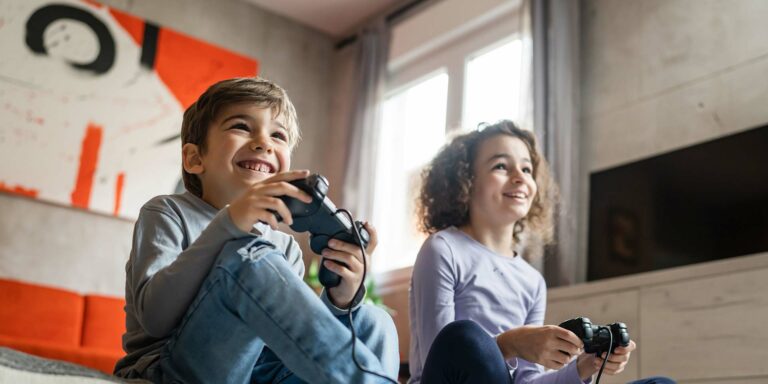Choose a daily time and place to worry. Think about how much time you would need (no more than 30 mins).
Make sure the place is comfortable and the time is not too close to bedtime.
When you notice a worry pop up during the day, write it down in a notepad or even on your phone. You may wish to create a WORRY BOX for younger children, where they can write down or even draw their worries and then store them in the box until the scheduled worry time.
Redirect your attention to whatever you were doing before the worry thought popped up. When the scheduled worry time comes around, go to your allocated worry place. Spend time only worrying about the things you or your child has written down throughout the day, and cross off any worries that may no longer be relevant. Do not go over your allocated worry time, and do not put pressure on yourself to problem-solve. Say to yourself or to your child, “This 15-30 minute block is for worry time, and I/you will do my/your best not to put attention on these worries outside of this time each day.”
If you notice worries popping up outside the scheduled worry time, remind yourself or your child to write the worry down and then to let go of those thoughts until the next designated worry period. In other words – postpone your worry until the scheduled worry time.
The more you practice, the more you will be able to choose when and for how long worry thoughts linger. This increases a sense of confidence and control, helping with emotional regulation.
Commit to practising this for a few days, then a few more, and keep going!
Why not read our article – What Is A Child Psychologist?




